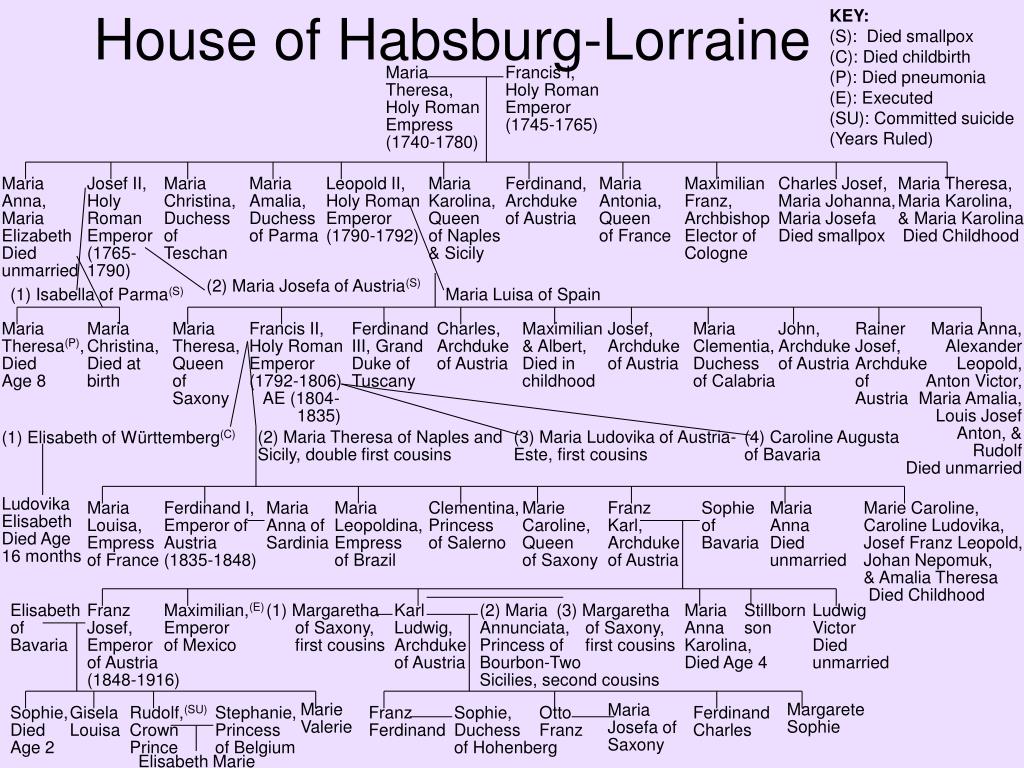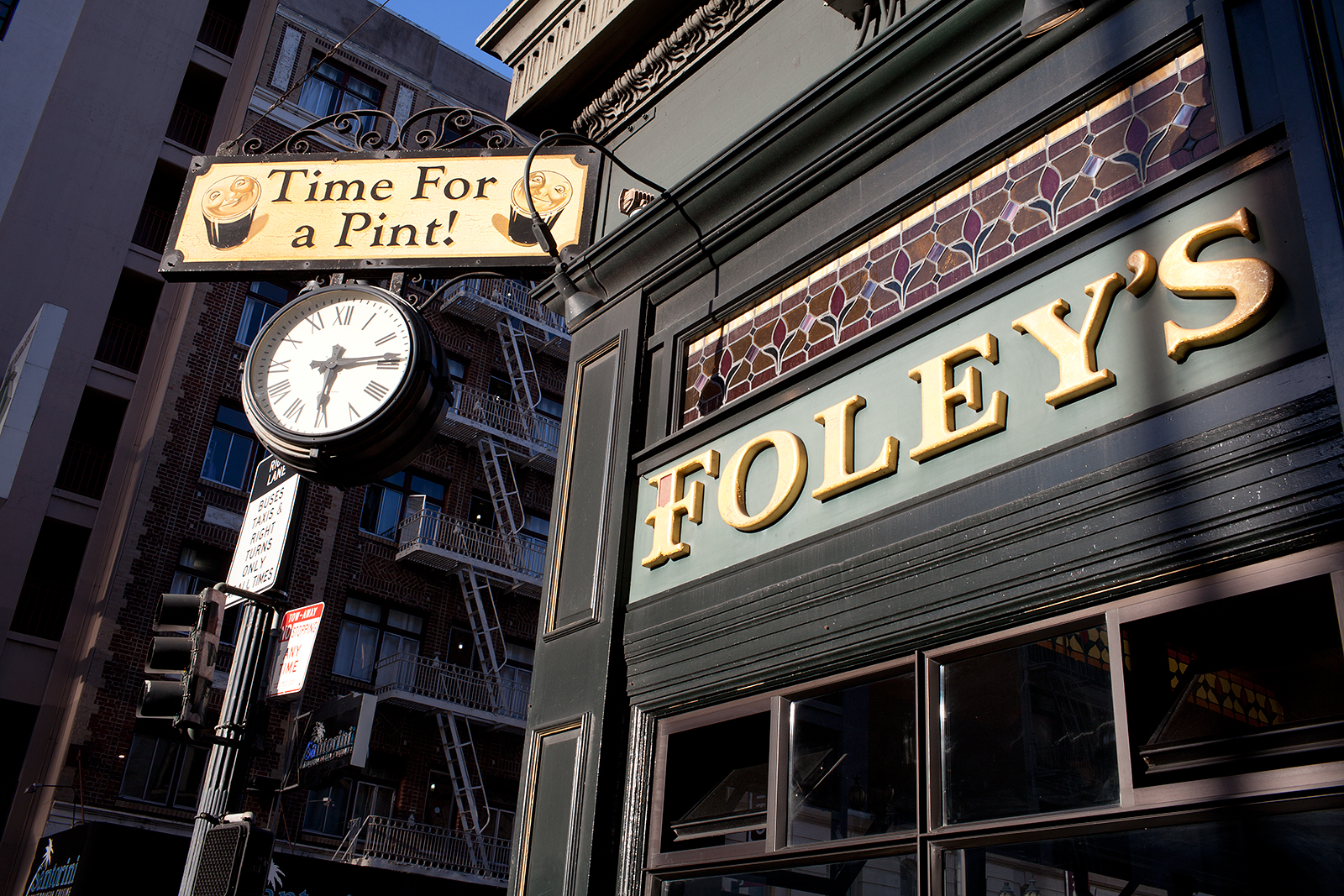Table Of Content
The Austrian branch (which also ruled the Holy Roman Empire, Hungary and Bohemia) was itself divided between different branches of the family from 1564 until 1665, but thereafter it remained a single personal union. It became extinct in the male line in 1740, but through the marriage of Queen Maria Theresa with Francis of Lorraine, the dynasty continued as the House of Habsburg-Lorraine. King Rudolf I of Germany of the Habsburg family assigned the Duchy of Austria to his sons at the Diet of Augsburg (1282), thus establishing the "Austrian hereditary lands". Between 1438 and 1806, with few exceptions, the Habsburg Archduke of Austria was elected as Holy Roman Emperor. Charles's son and successor Ferdinand II in 1619 became Archduke of Austria and Holy Roman Emperor as well as King of Bohemia and Hungary in 1620.
Division of Albertinian and Leopoldian lines
Besides the fact that many of the German princes were reluctant to saddle themselves with so mighty a sovereign, there was the opposition of France, which saw itself already half-encircled, from the northeast clockwise to the southwest, by Charles’s possessions. Dating from Maximilian’s Burgundian marriage, antagonism between the French kings and the Habsburgs was to persist, to the progressive detriment of the latter, until the middle of the 18th century, and until the second half of the 17th the other European powers would mostly sympathize with France. A junior line ruled over the Grand Duchy of Tuscany between 1765 and 1801, and again from 1814 to 1859.
European dynastic family / From Wikipedia, the free encyclopedia
The duchy was then assigned to a Habsburg but did not stay in the House long before succumbing to Italian unification. It was granted to the second wife of Napoleon I of France, Marie Louise, Duchess of Parma, a daughter of the Francis II, Holy Roman Emperor, who was the mother of Napoleon II of France. Napoleon had divorced his wife Joséphine de Beauharnais) in her favor and the duchy was granted to her at the Congress of Vienna in 1814. In 1746 with the extinction of the Gonzagas of the Duchy of Guastalla this duchy passed to Parma, until with the death of Marie Louise it passed to the Duchy of Modena, therefore continuing under Habsburg rule.
Italian branches
The history of the Habsburg monarchy can be traced back to the election of Rudolf I as King of Germany in 1273[2] and his acquisition of the Duchy of Austria for the Habsburgs in 1282. Both realms passed to his grandson and successor, Charles V, who also inherited the Spanish throne and its colonial possessions, and thus came to rule the Habsburg empire at its greatest territorial extent. The abdication of Charles V in 1556 led to a division within the dynasty between his son Philip II of Spain and his brother Ferdinand I, who had served as his lieutenant and the elected king of Hungary, Croatia and Bohemia.
The Habsburg Way: A Royal Gift from Archduke Eduard - The European Conservative
The Habsburg Way: A Royal Gift from Archduke Eduard.
Posted: Sun, 18 Feb 2024 08:00:00 GMT [source]
Spanish and Austrian Habsburgs
Archduke was initially borne by those dynasts who ruled a Habsburg territory, i.e., only by males and their consorts, appanages being commonly distributed to Cadets. These "junior" archdukes did not thereby become independent hereditary rulers, since all territories remained vested in the Austrian crown. Occasionally a territory might be combined with a separate gubernatorial mandate ruled by an archducal cadet. From the 16th century onward, archduke and its female form, archduchess, came to be used by all the members of the House of Habsburg (e.g., Queen Marie Antoinette of France was born Archduchess Maria Antonia of Austria). Habsburg Spain was a personal union between the Crowns of Castile and Aragon; Aragon was itself divided into the Kingdoms of Aragon, Catalonia, Valencia, Majorca, Naples, Sicily, Malta and Sardinia.[63] From 1581, they were kings of Portugal until they renounced this title in the 1668 Treaty of Lisbon. They were also Dukes of Milan, Lord of the Americas, and holder of multiple titles from territories within the Habsburg Netherlands.
Family tree
Taking advantage of the extinction of the Babenbergs and of his victory over Ottokar II of Bohemia at the Battle on the Marchfeld in 1278, he appointed his sons as Dukes of Austria and moved the family's power base to Vienna, where the Habsburg dynasty gained the name of "House of Austria" and ruled until 1918. The so-called "Habsburg monarchs" or "Habsburg emperors" held many different titles and ruled each kingdom separately through a personal union. King Albert I’s son Rudolf III of Austria had been king of Bohemia from 1306 to 1307, and his brother Frederick I had been German king as Frederick III (in rivalry or conjointly with Louis IV the Bavarian) from 1314 to 1330. Albert V of Austria was in 1438 elected king of Hungary, German king (as Albert II), and king of Bohemia; his only surviving son, Ladislas Posthumus, was also king of Hungary from 1446 (assuming power in 1452) and of Bohemia from 1453.
In 1919, the new republican Austrian government subsequently passed a law banishing the Habsburgs from Austrian territory until they renounced all intentions of regaining the throne and accepted the status of private citizens. Charles made several attempts to regain the throne of Hungary, and in 1921 the Hungarian government passed a law that revoked Charles' rights and dethroned the Habsburgs, although Hungary remained a kingdom, albeit without a king, until 1946. The Habsburgs did not formally abandon all hope of returning to power until Otto von Habsburg, the eldest son of Charles I, on 31 May 1961 renounced all claims to the throne. Francis Stephen assigned the Grand Duchy of Tuscany to his second son Peter Leopold, who in turn assigned it to his second son upon his accession as Holy Roman Emperor.
Rulers, 1508–1918
Archduchess Eleonore von Habsburg marries in secret wedding - Yahoo News Australia
Archduchess Eleonore von Habsburg marries in secret wedding.
Posted: Sat, 27 Apr 2024 15:54:10 GMT [source]
The boundaries of some of these territories varied over the period indicated, and others were ruled by a subordinate (secundogeniture) Habsburg line. The Habsburgs also held the title of Holy Roman Emperor between 1438 and 1740, and again from 1745 to 1806. The Habsburgs grew to European prominence as a result of the dynastic policy pursued by Maximilian I, Holy Roman Emperor. Maximilian married Mary of Burgundy, thus bringing the Burgundian Netherlands into the Habsburg possessions. Their son, Philip the Handsome, married Joanna the Mad of Spain (daughter of Ferdinand II of Aragon and Isabella I of Castile).
Male-line family tree

On 6 August 1806, Emperor Francis I dissolved the Holy Roman Empire under pressure from Napoleon's reorganization of Germany. In anticipation of the loss of his title of Holy Roman Emperor, Francis had declared himself hereditary Emperor of Austria (as Francis I) on 11 August 1804, three months after Napoleon had declared himself Emperor of the French on 18 May 1804. Charles formally became the sole monarch of Spain upon the death of his imprisoned mother Queen Joan in 1555. The Habsburg dynasty achieved its highest position when Charles V was elected Holy Roman Emperor in 1519. Much of Charles's reign was dedicated to the fight against Protestantism, which led to its eradication throughout vast areas under Habsburg control.
In the peace settlement that followed, significant territories were ceded to Romania and Italy and the remainder of the monarchy's territory was shared out among the new states of Poland, the Kingdom of Serbs, Croats and Slovenes (later Yugoslavia), and Czechoslovakia. In 1457 Duke Frederick V of Inner Austria also gained the Austrian archduchy after his Albertine cousin Ladislaus the Posthumous had died without issue. 1490 saw the reunification of all Habsburg lines when Archduke Sigismund of Further Austria and Tyrol resigned in favor of Frederick's son Maximilian I. Through the forged document called privilegium maius (1358/59), Rudolf IV, Duke of Austria (1339–1365) introduced the title of Archduke to place the Habsburgs on a par with the Prince-electors of the Empire, since Emperor Charles IV had omitted to give them the electoral dignity in his Golden Bull of 1356. Choose from various themes to access and explore the history of the Habsburg Monarchy, for example 'work', 'love' or 'death'.
Frederick IV, the Habsburg king of Germany, was crowned Holy Roman emperor as Frederick III in 1452, and Habsburgs continued to hold that title until 1806. Frederick’s son Maximilian I acquired the Netherlands, Luxembourg, and Burgundy through marriage. The zenith of Habsburg power came in the 16th century under the emperor Charles V. See also Holy Roman Empire. Frederick V, senior representative of the Inner Austrian line, was elected German king in 1440 and crowned Holy Roman emperor, as Frederick III, in 1452—the last such emperor to be crowned in Rome.

The Spanish branch (which held all of Iberia, the Netherlands, and lands in Italy) became extinct in 1700. The Austrian branch (which ruled the Holy Roman Empire, Hungary, Bohemia and various other lands) was itself split into different branches in 1564 but reunited 101 years later. It became extinct in the male line in 1740, but continued through the female line as the House of Habsburg-Lorraine. Habsburg dynasty, or Hapsburg dynasty, Royal German family, one of the chief dynasties of Europe from the 15th to the 20th century. They also controlled Hungary and Bohemia (1526–1918) and ruled Spain and the Spanish empire for almost two centuries (1504–06, 1516–1700). One of the earliest Habsburgs to rise to great power was Rudolf I, who became German king in 1273.
Charles V, Holy Roman Emperor, the son of Philip and Joanna, inherited the Habsburg Netherlands in 1506, Habsburg Spain and its territories in 1516, and Habsburg Austria in 1519. Maximilian, the adventurous second son of Archduke Franz Karl, was invited as part of Napoleon III's manipulations to take the throne of Mexico, becoming Emperor Maximilian I of Mexico. The conservative Mexican nobility, as well as the clergy, supported this Second Mexican Empire. His consort, Charlotte of Belgium, a daughter of King Leopold I of Belgium and a princess of the House of Saxe-Coburg and Gotha, encouraged her husband's acceptance of the Mexican crown and accompanied him as Empress Carlota of Mexico.
Maximilian was shot in Cerro de las Campanas, Querétaro, in 1867 by the republican forces of Benito Juárez. As they accumulated crowns and titles, the Habsburgs developed a family tradition of multilingualism that evolved over the centuries. The Holy Roman Empire had been multilingual from the start, even though most of its emperors were native German speakers.[38] The language issue within the Empire became gradually more salient as the non-religious use of Latin declined and that of national languages gained prominence during the High Middle Ages.
The title appears first in documents issued under the joint rule of Maximilian and Philip (his under-age son) in the Low Countries. The house takes its name from Habsburg Castle, a fortress built in the 1020s in present-day Switzerland by Radbot of Klettgau, who named his fortress Habsburg. His grandson Otto II was the first to take the fortress name as his own, adding "Count of Habsburg" to his title. In 1273, Count Radbot's seventh-generation descendant, Rudolph of Habsburg, was elected King of the Romans.

No comments:
Post a Comment